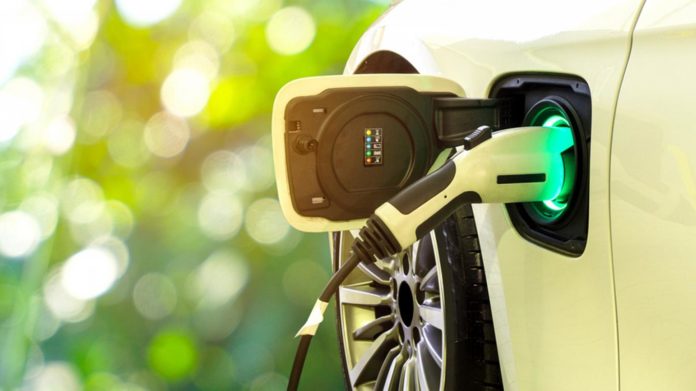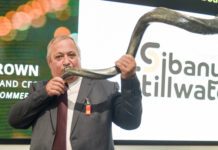
ELECTRIC vehicles (EVs) are revolutionising automotive markets. While the technology is still advancing, they already cost far less to run than a traditional internal combustion engine (ICE), and their greenhouse gas emissions (GHG) are significantly lower – even for South Africans using Eskom’s coal-fired electricity to charge them.
Global car sales slumped during 2020, but sales of electric vehicles surged – except in South Africa.
According to the International Energy Agency’s (IEA) Global EV Outlook 2021 report, worldwide registrations of EVs grew 41% in 2020, when total car sales dropped 16%. Sales of EVs in Europe surpassed China for the first time.
The main reasons for the popularity of EVs were supportive policies, driven by carbon emissions concerns (by end-2020, 20 countries had banned sales of conventional cars or mandated that all new vehicles sold had to be zero-emission), additional incentives, and a wider range of brand choice with falling battery prices.
The IEA predicts there will be 145 million EVs (in all forms except two-wheelers) by 2030, equivalent to 7% of the total road fleet. In a scenario where governments step up incentives, the global EV fleet could be 230 million by 2030, which could cut GHG emissions from vehicles by two-thirds.
Bucking the trend, South Africa’s sales of EVs fell to 92 units in 2020 from 154 in 2019, according to the SA Automotive Export Manual 2021. Between 2016 and 2020, total EV sales totalled only 472 units.
The lack of demand, according to a 2020 TIPS report, ‘Harnessing EVs for Industrial Development in SA’, reflects mainly the high upfront cost and complete absence of incentives. There is also a very limited consumer offering (only two battery EVs, 23 hybrid electric vehicles, 10 plug-in hybrids and no fuel cell EVs). This was particularly the case in the entry- to mid-level market.
“Any market needs an enabling environment,” says Hiten Parmar, director of the uYilo e-Mobility Programme, which was established by the Technology Innovation Agency in 2013 to enable the uptake of electric mobility in South Africa. He says the South African government has frameworks to support the roll-out of EVs, citing the National Development Plan 2030, the 2018 Green Transport Strategy to 2050, and the Department of Trade, Industry and Competition’s (DTIC) New Energy Vehicle Green Paper, published on 18 May this year. The department intends to follow up the Green Paper with policy proposals to be submitted to Cabinet by October.
The Green Paper inevitably emphasises the export market – three out of four vehicles made in South Africa are exported, and the majority are destined for the UK. The UK intends to ban sales of new ICE vehicles by 2030. But it is also considering ways to promote domestic EV take-up. It proposes expanding the current charging infrastructure; bringing more renewable energy into the national grid; and adopting a technology-agnostic approach, but giving special attention to fuel-cell technologies based on platinum-group metals (PGM) catalysers, which use green hydrogen as fuel.
Norman Lamprecht, executive: trade, exports and research at the Automotive Business Council, says the Council began an Electromobility Road Map last year, as the ecosystem relating to electric vehicles is huge and involves various areas for intervention.
For the full story as it appeared in our 2021 Mining Yearbook, please visit the special ebook section below.













